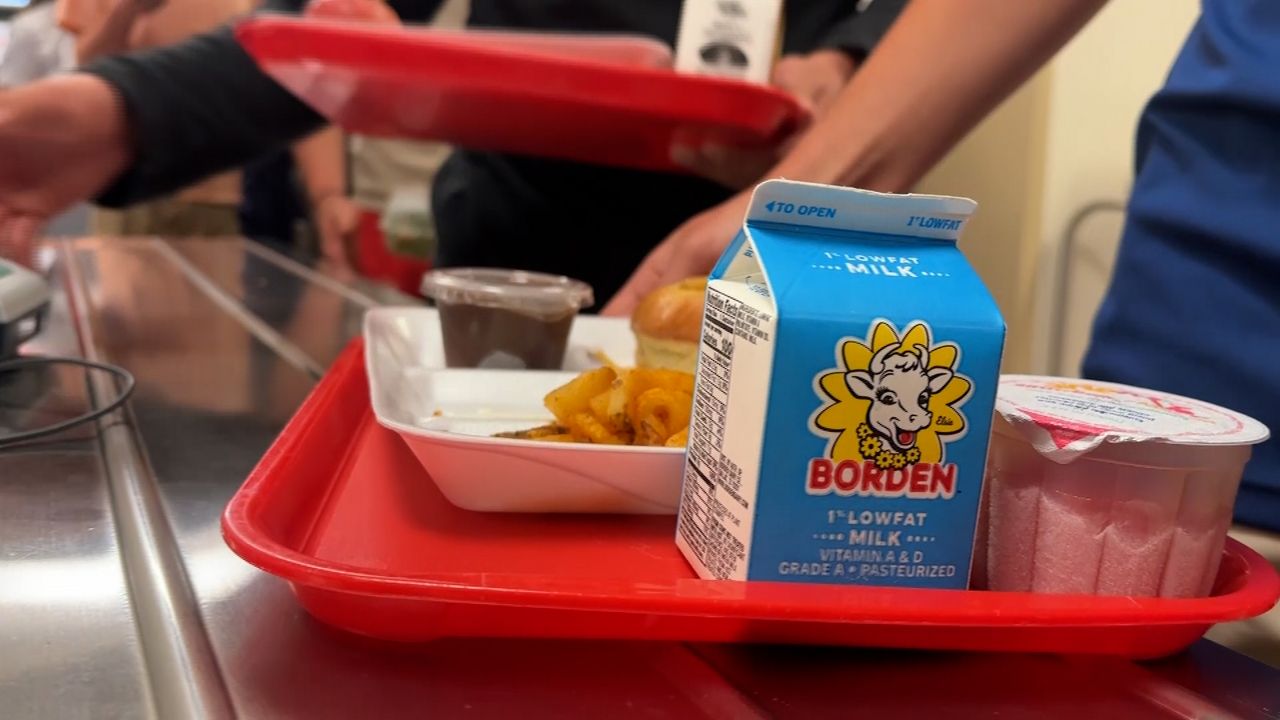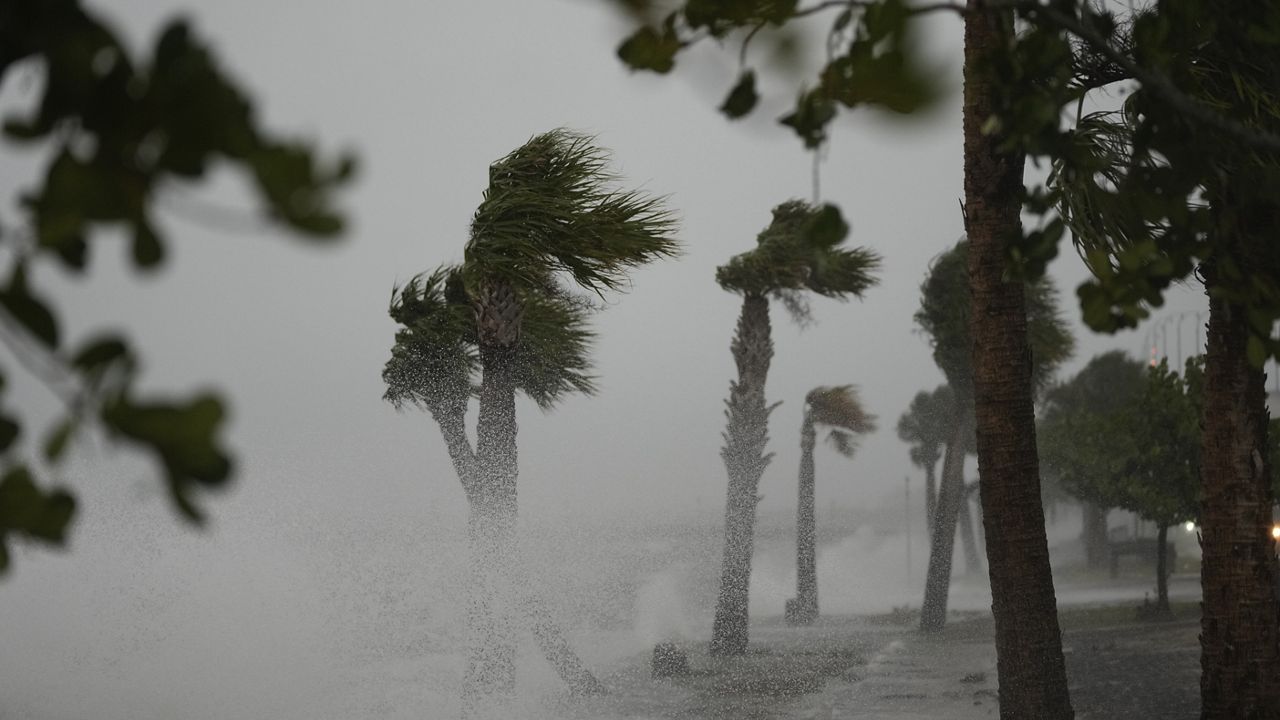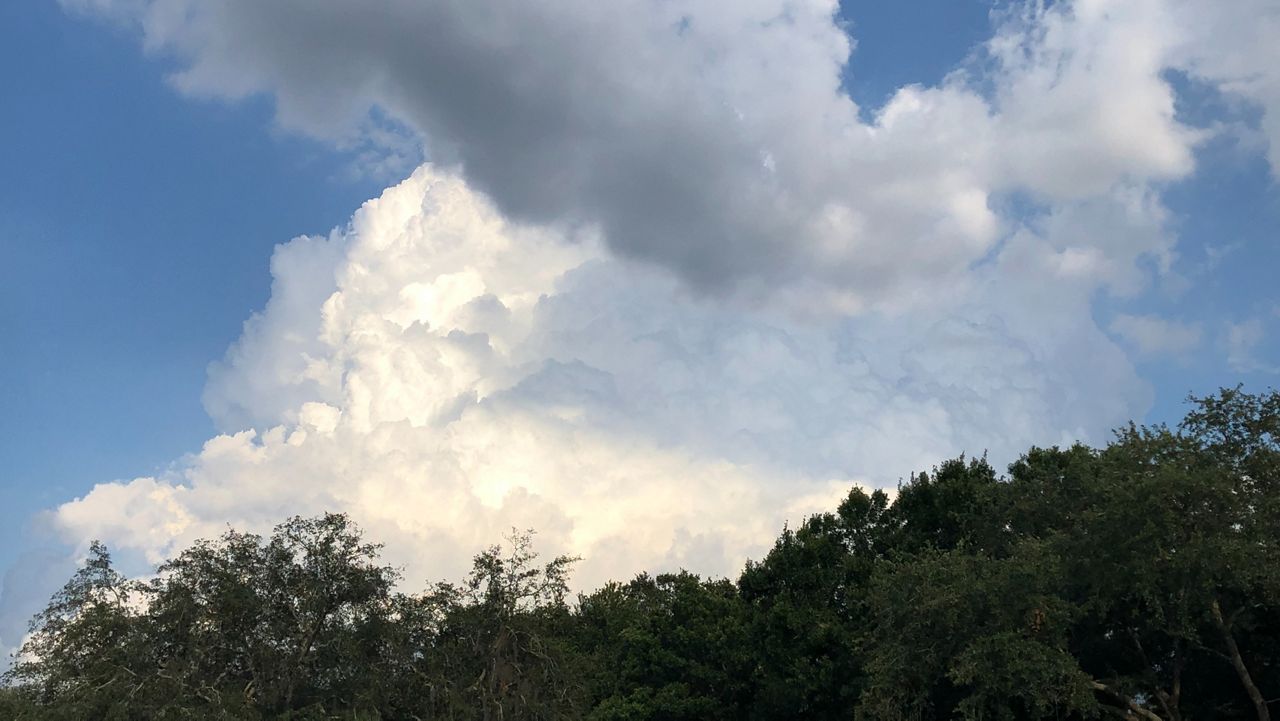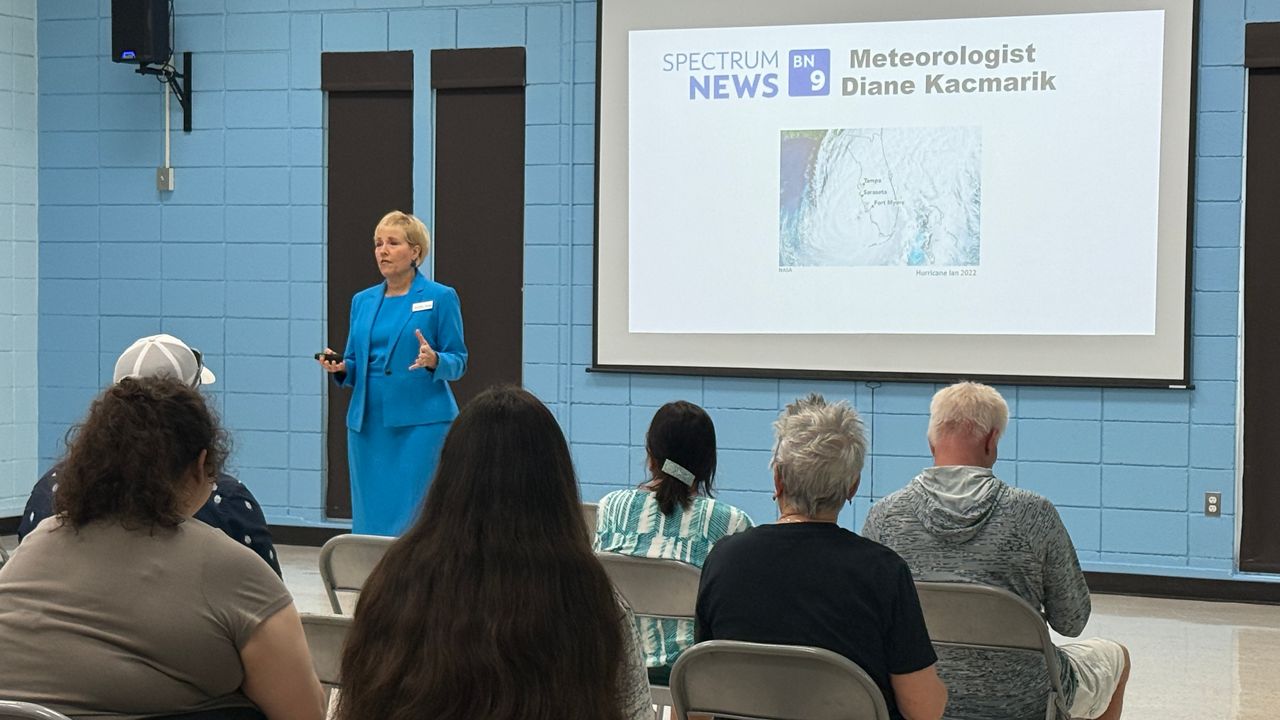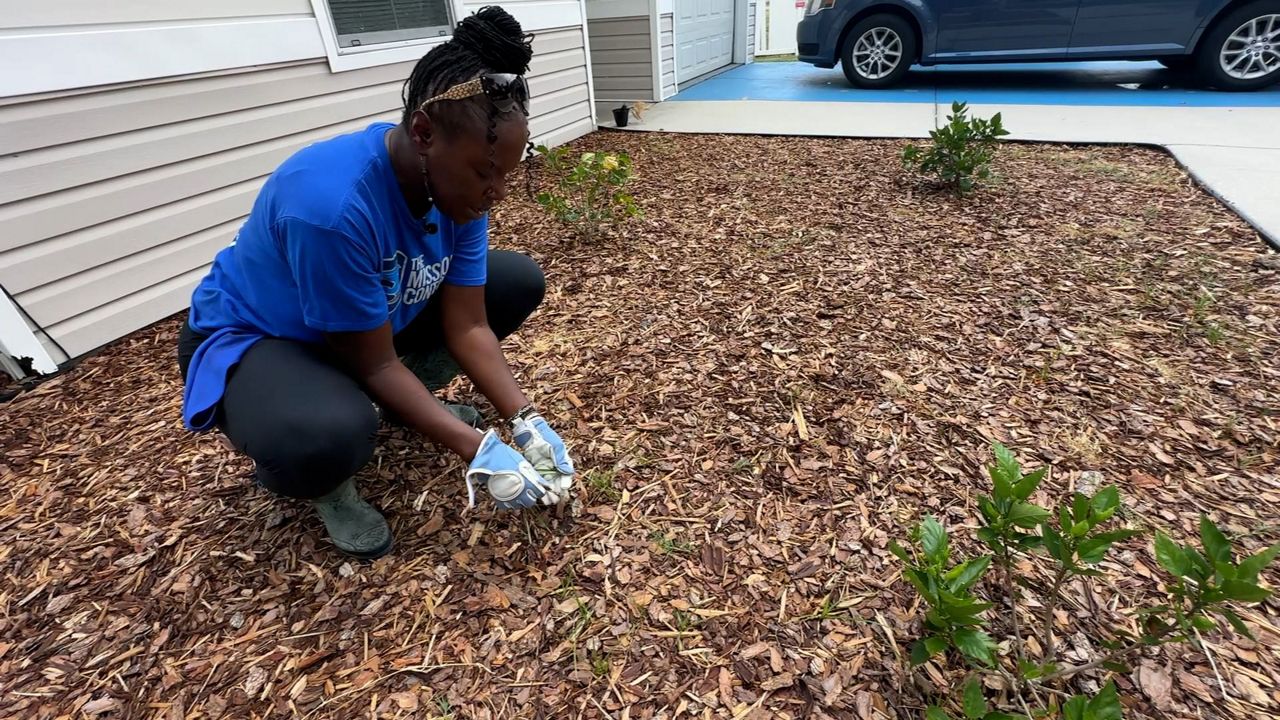LAKELAND, Fla. — Inside NOAA's Aircraft Operation Center, pilots, flight directors and several other operation roles talked preparation for the 2025 hurricane season.
One topic off limits, the layoffs, early retirements and unfilled vacancies currently ongoing within NOAA and the National Weather Service.
“We are not going to talk about budgets, we are not going to talk about administration, we are not going to talk about personnel,” said Captain Nathan Kahn, the Commanding Officer of Lakeland’s NOAA Aircraft Operations Center.
Outside of that topic, there was plenty to see and learn about, including getting to go inside the 50-year-old WP-3D Orion Aircraft called Kermit.
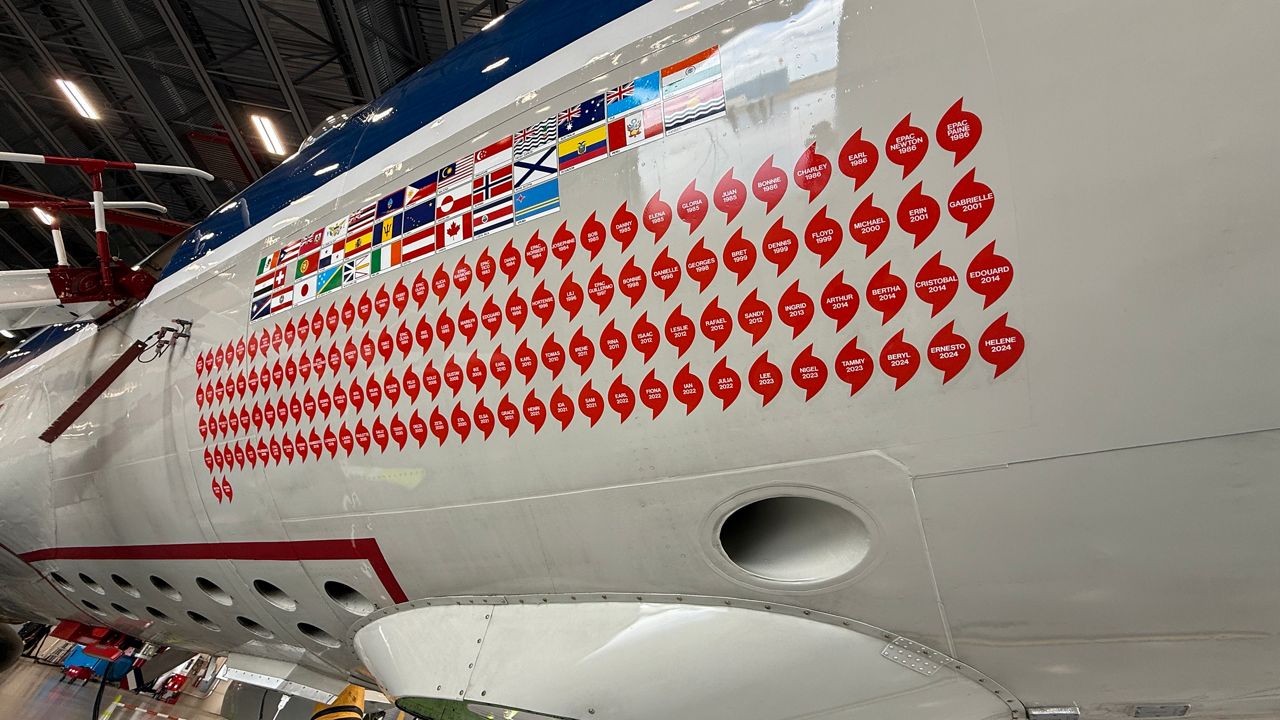
“Two beds. You got everything up here. Yeah, the best sleep I ever got in my life is right up here in one of these things, bouncing around,” laughs LCDR Jacob Ellis, a pilot.
Ellis flew Kermit into two hurricanes last year, both Category 5s. The first was Beryl, and the other was Milton.
“Last year was my first season. I was in the Navy for 11 years ... and then my first storm, which ended up being a CAT 5,” said Ellis.
He said flying into Milton was tough.
“The whole vibe in the tube was just way down, because we are here, and some people’s families are there, some people’s houses are getting hit. It really kind of set home how important it is what we do. Like the impact of these storms, how powerful they are,” said Ellis.
He said they do this job because they know what they do is bigger than just one person.
The information gathered on board Kermit can save millions of lives each storm.
“We’ve all kind of experienced the hunters becoming the hunted in a way,” said Flight Director Jon Zawislak. “You go out and you fly a storm for several days, and then you come home, and then you are in that storm.”
Zawislak was a researcher prior to being a flight director. He helped gather the storm data gathered on a hurricane hunter aircraft.
He said the job can be exhausting and said he was a bit scared during Milton.
“Last year was a challenging season for us, because we flew those storms, we experienced them, we also evacuated the aircraft out of here, because we got to keep flying,” said Zawislak.
Zawislak and the entire NOAA team do their jobs because they want to make sure people are as prepared as they can be.
“They excite us (hurricanes), but they are also humbling. Because when you fly a storm one day and the next day you get in the airplane and it’s a four mile CAT 5 eye, it’s traumatic, and that was Milton for us,” said Zawislak.




